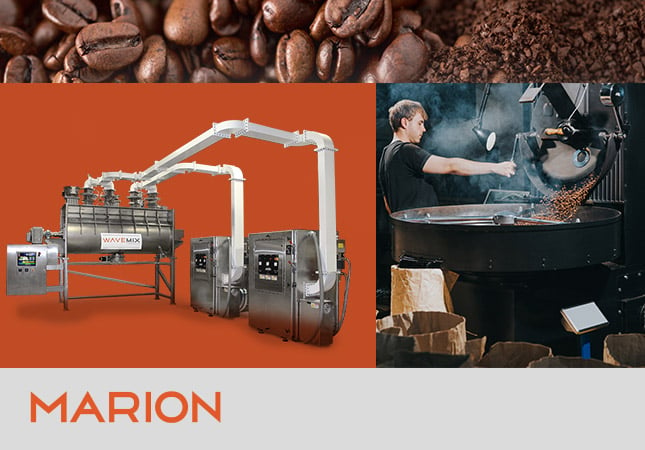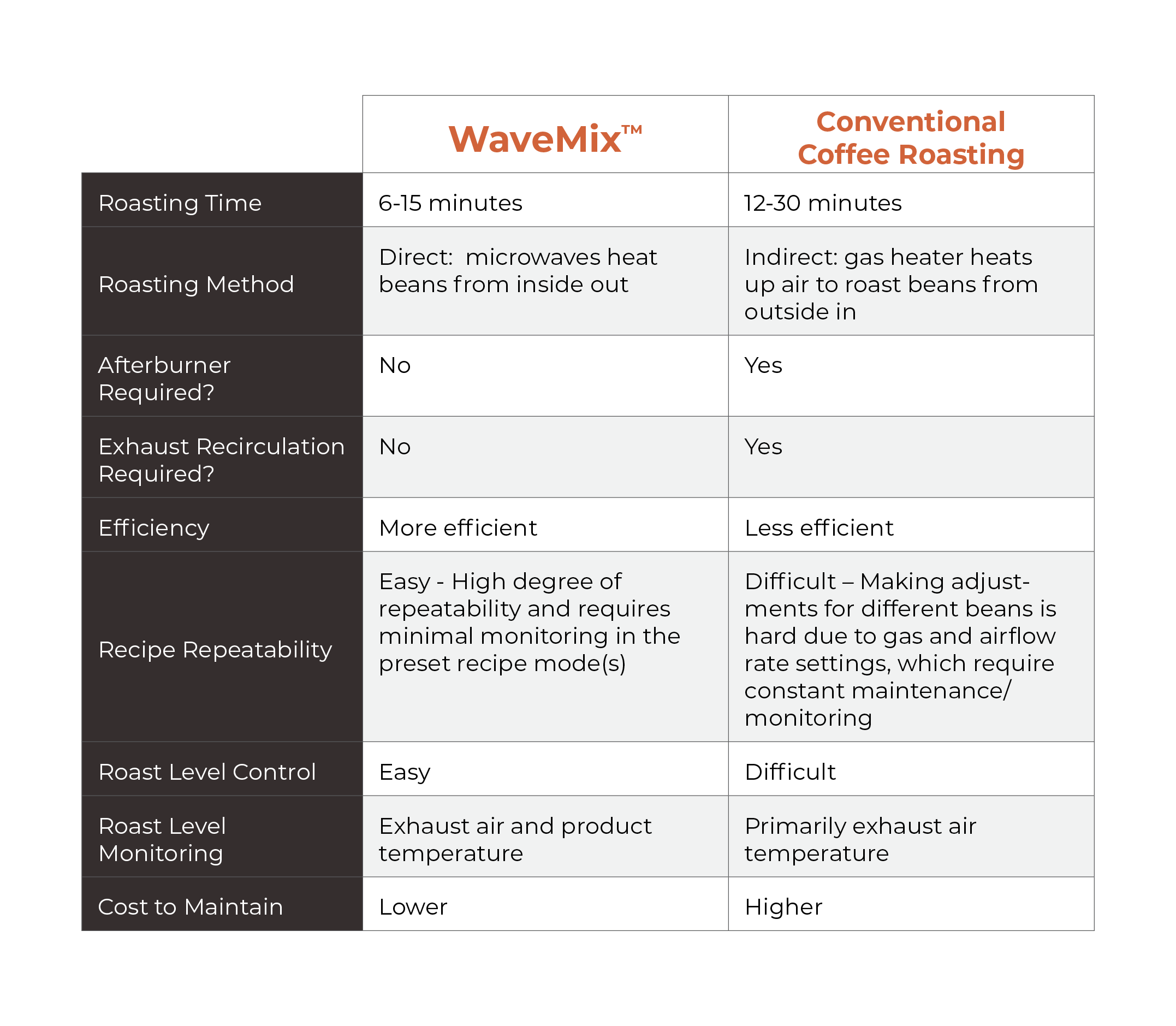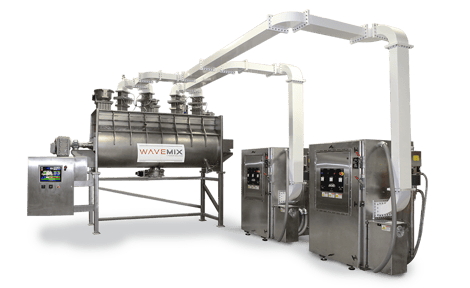
For hundreds of years, people have searched far and wide for the perfect cup of coffee.
Likewise, the coffee industry has spent millions of dollars searching for the perfect roasting technique to produce the taste, aroma and quality that people around the world savor.
Historically, coffee processors have relied on traditional roasting techniques, typically involving drum roasters, to transform raw beans into their desirable flavor profiles. However, a growing shift toward microwave-assisted heating systems – which can produce the same results, but with distinct advantages over drum roasting – is quickly reshaping conventional wisdom within the industry.
Chief among the benefits of microwave-assisted heating is the ability to cut roasting time in half while also significantly reducing carbon emissions – an important step in helping the coffee industry become more environmentally sustainable. For those who are new to the concept, here’s an overview of the biggest advantages of microwave heating for commercial and independent coffee roasters.
Less Fussing, More Consistency
Compared to drum roasting, which must be closely monitored for temperature fluctuations before, during and after the roasting process, microwave systems are a breeze to work with.
Unlike drum roasters that roast from the outside in, microwaves penetrate the beans and heat them from the inside out. This allows for precise control over the temperature within the beans, ensuring an even and thorough roast that can be easily replicated again and again.
Drum dryers rely on external heat, which makes it a challenge to achieve the same level of consistency. It can also be more taxing to manage when different styles of beans are introduced due to the equipment’s gas and airflow rate setting limitations.
Faster Roasting
When you consider the time it takes to roast coffee beans, microwave systems are considerably faster than drum roasters. That’s because microwave-assisted heating systems do not need to be preheated, adjusted or cooled down.
On average, microwave heating systems can achieve a proper roast in 6-15 minutes (depending on desired roast characteristics) compared to 12-30 minutes for conventional drying methods.
Eco-Friendly and Cost-Efficient
Coffee suppliers and processors who demonstrate a commitment to sustainability issues tend to be well received by the growing number of environmentally conscious consumers.
Microwave roasting is not only more energy-efficient than drum roasting, but it also helps curb emissions and air pollution by not requiring the combustion of natural gas.
By some estimates, conventional coffee roasting methods alone contribute to 15% of the overall carbon footprint of the coffee industry with 47 billion pounds of carbon dioxide emissions annually, according to CoffeeTalk Magazine.
Less Maintenance and Monitoring
Aside from the occasional gasket replacement, there’s little to no maintenance with microwave-assisted heating systems. By contrast, drum roasters must have the components that make up their gas supply line inspected regularly, which comes in at a considerably higher price tag.
Despite all these benefits, there are still some coffee traditionalists who are critical of microwave roasting. One of the main objections, they claim, is that microwave heating cannot replicate the effect of air roasting and the surface development of sugars and oils, which ultimately impacts the coffee’s flavor profile.
“People often overlook the fact this effect can be easily achieved by directing a supply of hot air inside the trough of the microwave system,” said Parth Jani, principal thermal mechanical engineer at Advanced Material Processing, which manufactures the WaveMix™ microwave drying system. “I recommend it to anyone who is pursuing a microwave application for coffee roasting, and the results often leave them pleasantly surprised.”
Benefits of Marion’s WaveMix™ Microwave System vs. Conventional Drum Coffee Roasting

Marion WaveMix™
Faster, More Efficient Roasting

Marion’s WaveMix Industrial Drying System combines microwave, vacuum and mixing technologies to help coffee roasters cut roasting times in half while reducing carbon footprints.
By creating a fluidized bed through mechanical agitation, WaveMix produces a consistent, highly controlled environment that virtually eliminates overheating and scorching. This ensures that coffee beans are exposed to consistent heat distribution, making it easier to achieve the optimum flavor, aroma and color that your customers expect.
Want More Information About WaveMix ™?
Visit Marion’s WaveMix product page
Have questions?
Reach out to a Marion application engineer